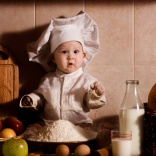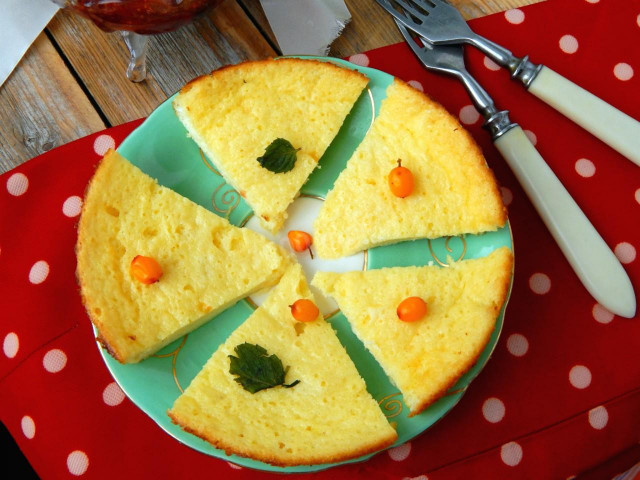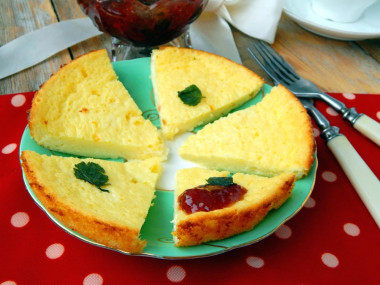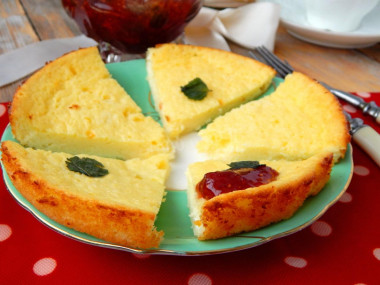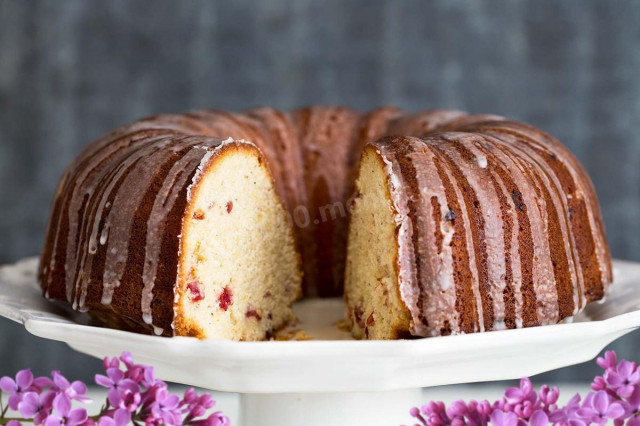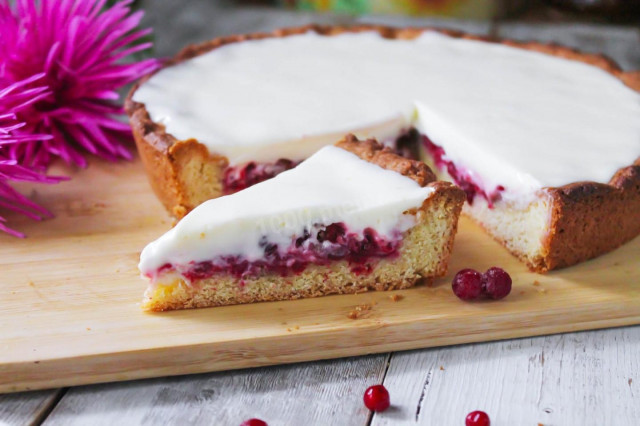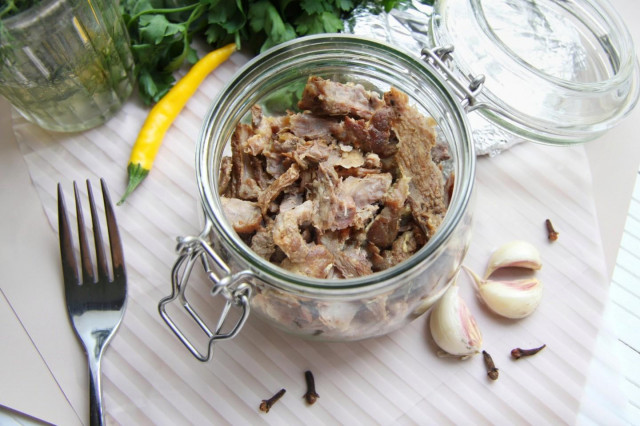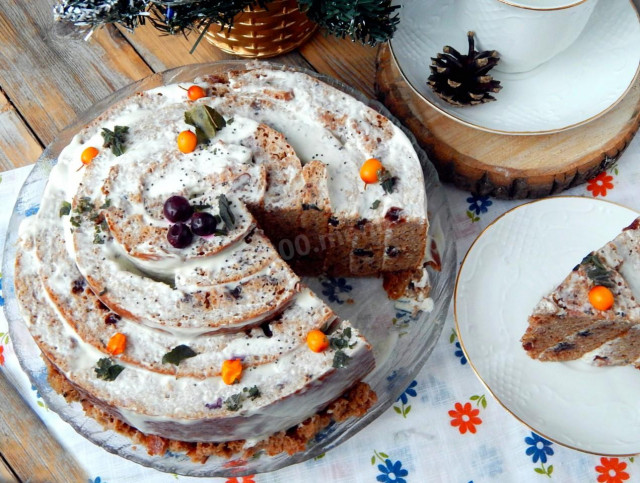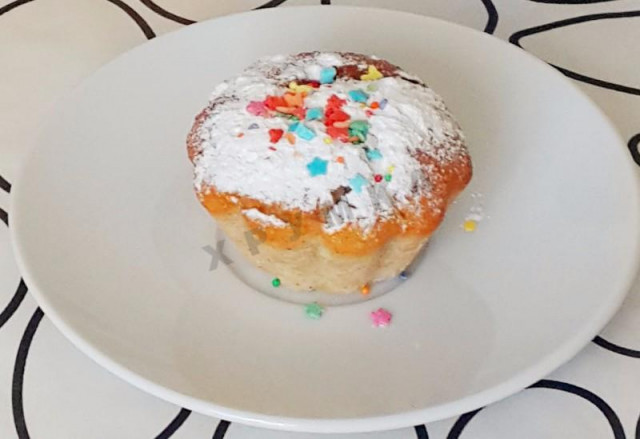Composition / ingredients
Step-by-step cooking
Step 1:
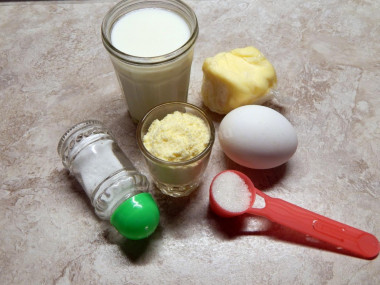
Milk curd casserole with corn flour turns out very tasty, tender, nutritious and healthy. The cooking process is very simple. Cottage cheese for dishes for children is better to use natural rustic, for ladies on a diet, you can use low-fat cottage cheese. In advance, you need to grind corn grits with a coffee grinder or you can buy ready-made corn flour. The first option, of course, is better.
Step 2:
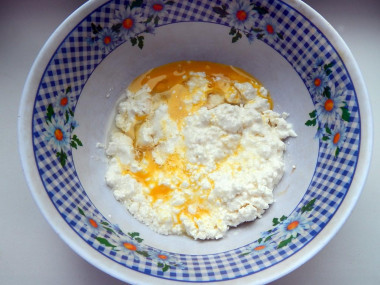
Put the cottage cheese in a bowl, beat in the chicken egg, add sugar and salt to taste, rub the ingredients with a spoon or blender until smooth.
Step 3:
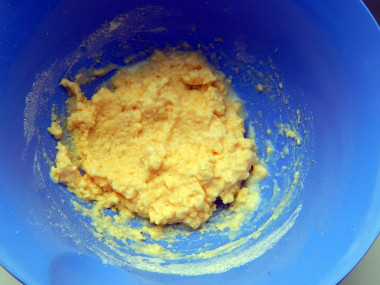
Put the crushed corn grits in another deep bowl. Pour it with warmed milk, mix, leave for 15-20 minutes so that the cereal swells and becomes a very thick porridge in consistency.
Step 4:
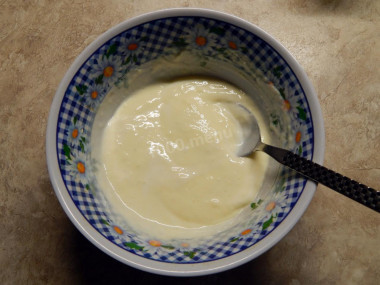
Put the corn porridge in a bowl with the curd mass. Stir with a spoon or whisk.
Step 5:
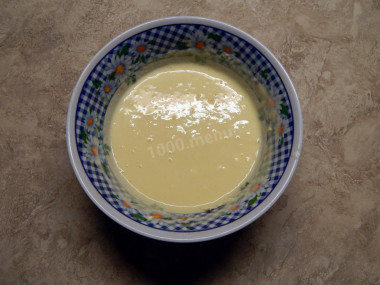
Add a pinch of baking powder and a pinch of vanilla, mix thoroughly. If desired, finely chopped pieces of fruit, berries or nuts, chocolate can be added to the mass, or simply leave natural dairy without additives.
Step 6:
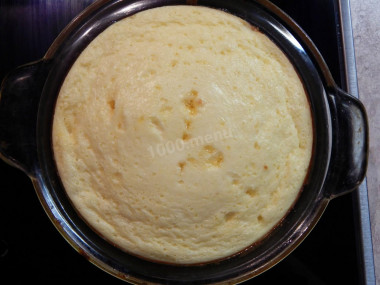
Grease the baking dish with butter. Sprinkle dry semolina on the bottom and sides of the mold. Put the curd-corn mass into a baking dish. Preheat the oven to 180 degrees. Bake the casserole for 25-30 minutes, depending on the operation of the oven, the volume of the mold. The casserole should be covered with a golden brown crust. The readiness of the casserole can be checked with a wooden toothpick. It should be dry at the exit.
Step 7:
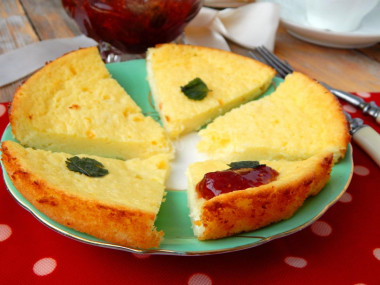
Remove the casserole from the oven. Let it cool down a little right in the baking dish. Remove, cut into portions and serve to the table. Bon appetit!
Important! Read all the secrets of choosing and the subtleties of its preparation in the article about corn groats .
Important! In order for the curd dough or filling to be successful, it is important to carefully consider the choice of cottage cheese. A low-quality product can spoil baking, as it directly affects the consistency, taste and final result. How to choose the right cottage cheese for dough or filling read in this article .
Keep in mind that everyone's ovens are different. The temperature and cooking time may differ from those specified in the recipe. To make any baked dish successful, use useful information about the features of ovens !
Is it possible to replace baking powder with soda, how to add them correctly so that the baking is lush, how to avoid an unpleasant soda taste and much more, read the article "Baking powder or baking soda - which is better?"
Calorie content of the products possible in the dish
- Whole cow's milk - 68 kcal/100g
- Milk 3.5% fat content - 64 kcal/100g
- Milk 3.2% fat content - 60 kcal/100g
- Milk 1.5% fat content - 47 kcal/100g
- Concentrated milk 7.5% fat content - 140 kcal/100g
- Milk 2.5% fat content - 54 kcal/100g
- Cottage cheese of 40% fat content - 466 kcal/100g
- Cottage cheese of 20% fat content - 233 kcal/100g
- Cottage cheese of 18% fat content - 226 kcal/100g
- Cottage cheese of 10% fat content - 156 kcal/100g
- Low-fat cottage cheese - 75 kcal/100g
- Cottage cheese with sour cream - 260 kcal/100g
- Fruit cottage cheese - 147 kcal/100g
- Soft dietary cottage cheese - 170 kcal/100g
- Vitalinia cottage cheese - 64 kcal/100g
- Cottage cheese "morning" ( "danone") without sugar - 91 kcal/100g
- Cottage cheese - 156 kcal/100g
- Granulated sugar - 398 kcal/100g
- Sugar - 398 kcal/100g
- Butter 82% - 734 kcal/100g
- Amateur unsalted butter - 709 kcal/100g
- Unsalted peasant butter - 661 kcal/100g
- Peasant salted butter - 652 kcal/100g
- Melted butter - 869 kcal/100g
- Corn groats - 337 kcal/100g
- Salt - 0 kcal/100g
- Vanillin - 288 kcal/100g
- Baking powder - 79 kcal/100g
- Chicken egg - 80 kcal/100g
